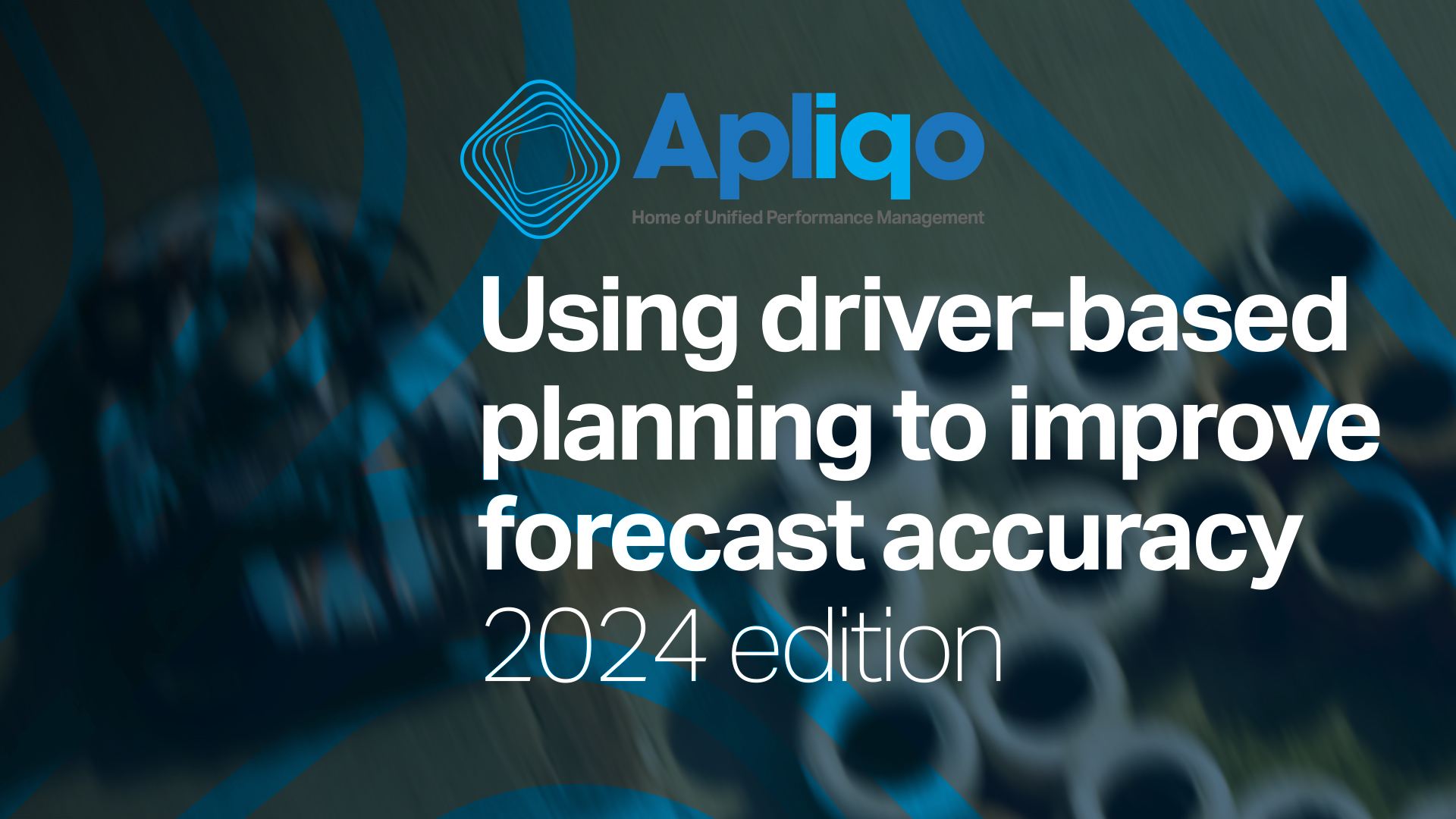It’s safe to say that we’ve never before seen the scale of widespread cash injections that we saw during the COVID-19 pandemic. Governments across the world scrambled to print the money they needed to keep the economy afloat and provide the support that their citizens needed. The natural consequence of this has been rapid inflationary pressures which we wrote about last week.
One of the most important knock-on effects of increasing inflation is the natural response that we have seen in interest rates. In an attempt to control monetary supply, we’ve emerged from a decade-long period of low interest rates – and into one where they seem to keep rising and rising.
As a company, it’s important to assess how these interest rate changes will affect your business and the best way to do this is by utilizing your FP&A tools to their full potential.
The impact of higher interest rates on your balance sheet
If you are carrying debt on your balance sheet, increased interest rates is not going to be good news. As the prime interest rate increases, this causes a snowball effect across all the other forms of debt – resulting in a higher cost of debt. The higher interest rate makes your repayments more expensive, and it can also extend the period over which you’ll need to make those payments.
To understand how this will put pressure on your long-term financial position, it’s a good idea to run a few scenarios through your FP&A tools. If you’re using Apliqo for example, you can set up a couple of tests – each of which with a different long-term interest rate – and then forecast what that will do to your liquidity and solvency over time.
This is invaluable information to identify because it can help you plan better for the future if you want to mitigate it. Perhaps you identify that a restructuring of your debt might be in order – especially if you believe that interest rates will continue to rise. All of this can be visualized within a tool like Apliqo UX so that you can get all the key decision-makers on the same page about what higher interest rates mean for the company.
The impact of higher interest rates on your cash flow
Naturally, if your repayments are getting more expensive – there is going to be a corresponding cash flow implication of a higher interest rate on any liabilities you’re carrying. It’s important to forecast what these new cash outflows are going to be so that you can work it into the budget and make the relevant adjustments where needed. If you don’t do this, you risk finding yourself in a cash crunch that might even require further borrowing to get out of.
Apliqo’s suite of products gives you everything you need to forecast the cash flow implications of a change in interest rates and you can get even more value by controlling for and adjusting one or two other variables that might be relevant. For example, you might be holding cash or receivables whose interest rates have increased as well – and you can offset those movements against each other. Or you might find that a higher interest rate changes your buying behavior and you want to incorporate that as well.
Take your time to play with the variables that matter for your business and you can arrive at a nuanced and thoughtful forecast that aligns with what is happening from a macro-economic perspective.
It’s in times like these that Apliqo really comes into its own, providing dynamic forecasting and planning capabilities that allow you to look forward and make smarter, more proactive decisions. If you’d like to explore what this can do for your organization, get in touch today. We’d love to hear from you!







